well kitsinu - sorry 6 years have passed and still no self-drivng cars
Human jobs that robots and AI are stealing
Rise of the machines
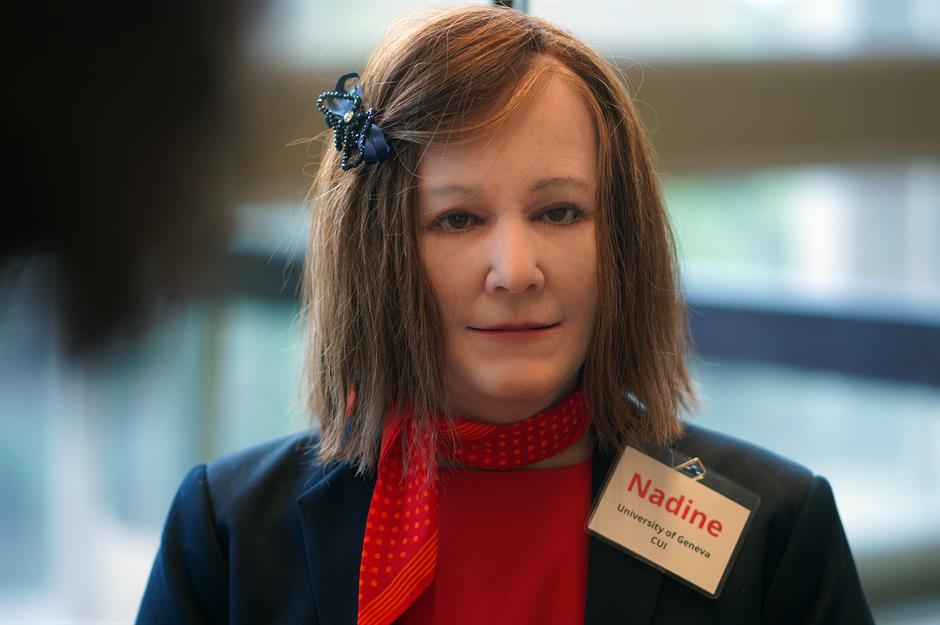
As the use of artificial intelligence (AI) in everyday life accelerates, a recent report from the International Monetary Fund (IMF) suggests that 40% of jobs globally could be impacted by the rise of AI. Warning that increasing adoption of the technology could deepen inequality, the IMF has urged governments to implement social safety nets and provide retraining programmes to mitigate AI's effects.
But which careers are most at risk? From tour guides to teachers, read on to discover the roles already being filled by robots and find out if your job is safe from an AI takeover.
All dollar amounts in US dollars
Cleaner
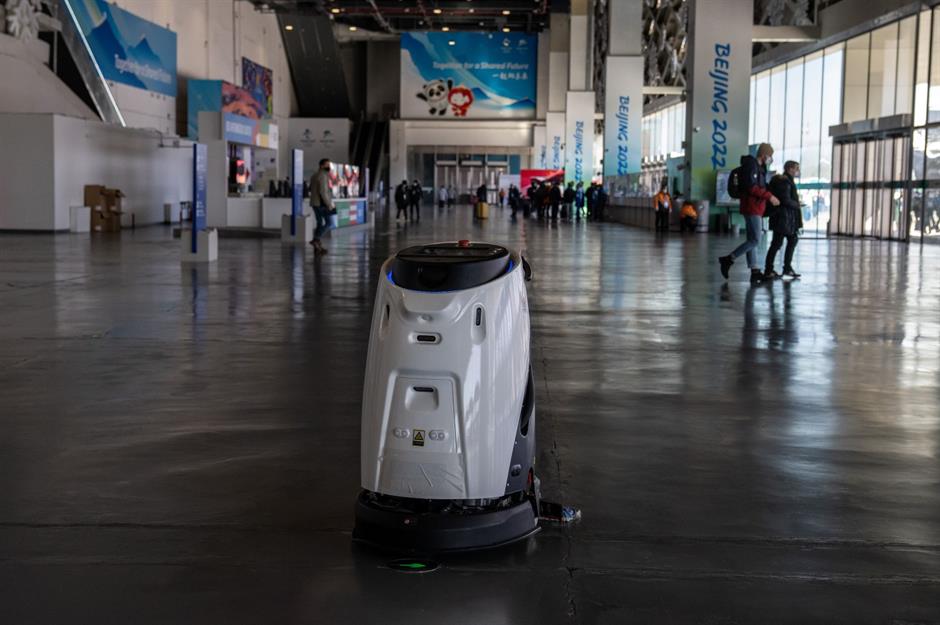
One of the lasting side effects of the COVID-19 pandemic is a conscious effort to keep surfaces as clean as possible. At the Beijing Winter Olympics in 2022, robotic cleaners could be seen washing floors, wiping counters, and spraying sanitiser alongside their human colleagues.
With robotic vacuum cleaners already commonplace in homes around the globe, it's only a matter of time until cleaning jobs are exclusively staffed by machines. However, their track record isn't always squeaky clean; a robot vacuum sparked a city-wide search in Cambridge, England in 2022 after escaping a hotel due to a sensor failure.
Barista
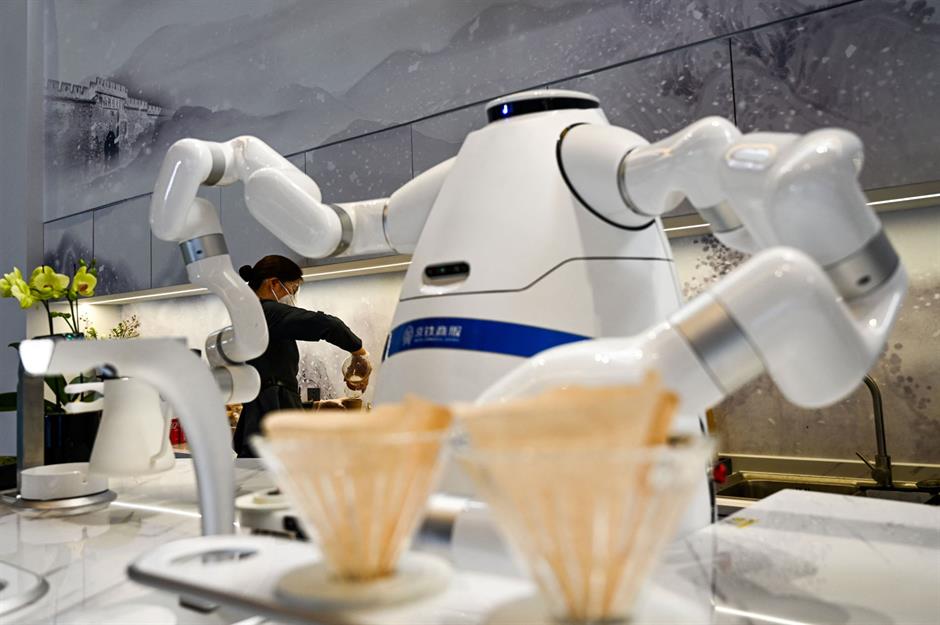
How do you take your coffee? At Taizicheng Railway Station in Zhangjiakou, a terminal just over a mile from Beijing's Olympic Village, it's served by an unusual barista. From grinding the beans to cleaning up afterwards, this clever robot can carry out the whole coffee-making process in around five minutes.
You don't even need to order at the counter; simply use your phone to scan the QR code for the drink you want and wait while technology takes care of the rest.
Chef
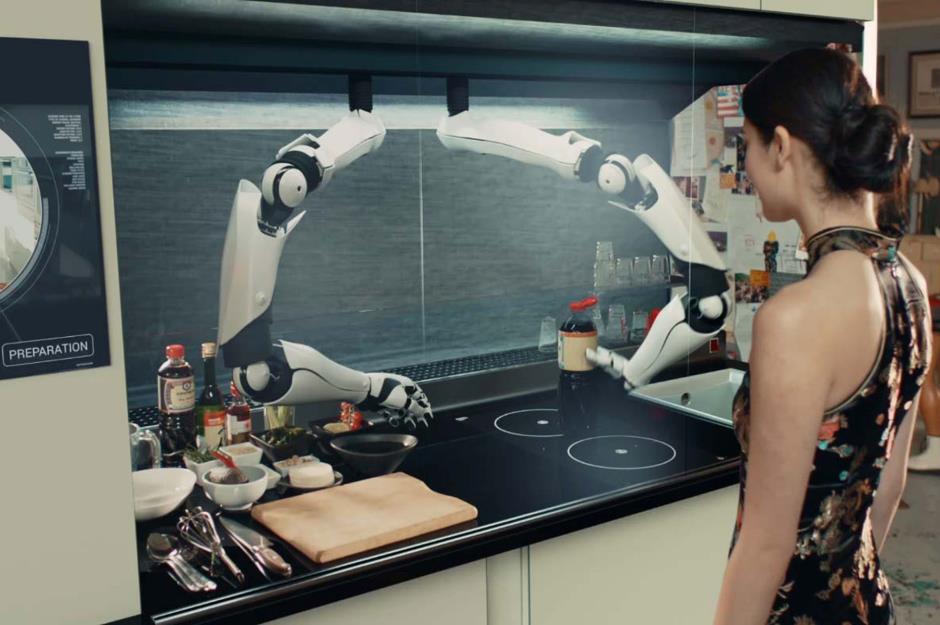
The budding Gordon Ramsays out there might want to look away: Moley Robotics, a London-based start-up, has invented a 100% automated, intelligent robot chef. Billed as "the world's first robotic kitchen", the cooking automaton can whip up gourmet meals and even clean up after itself. Best of all, it can follow pretty much any recipe to the letter.
Fast food workers could also find their jobs at risk. In December last year, the world's first "fully autonomous" restaurant, CaliExpress by Flippy in Pasadena, California announced it was open for business. The outlet is staffed exclusively by robotic chefs that flip burgers and cook fries while orders and payments are taken via a biometric system.
Waiting staff
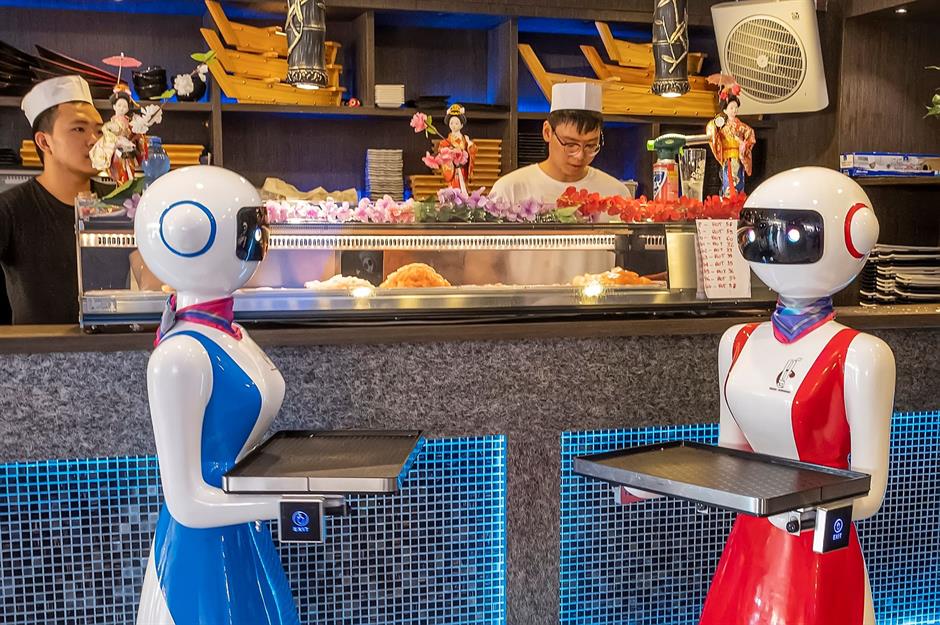
Robot waiters are popping up all over the world too, from the Gran Caffè Rapallo in Italy (pictured) to a care home in Delaware County, USA. Programmed to collect and deliver food, these robots range from the humanoid to the purely functional.
Factory worker
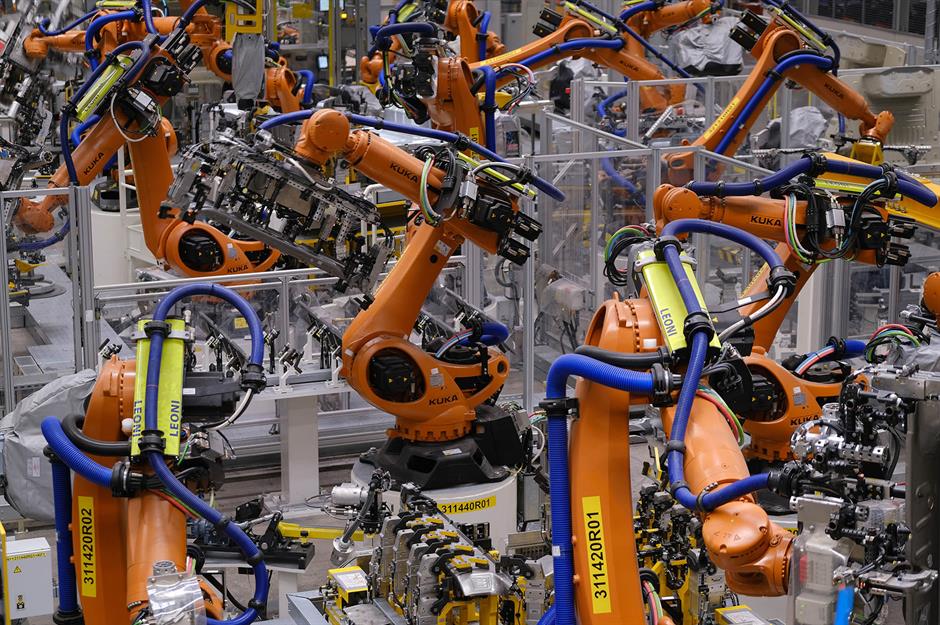
As well as food service roles, could manufacturing jobs soon become a thing of the past for humans? Machines have been taking over industrial work for decades, but majority or all-robot factories have only become a reality relatively recently. Early adopters included China's Everwin Precision Technology, which replaced 90% of its factory workforce with automatons in 2015, as well as the Apple and Samsung electronics supplier Foxconn, which replaced 60,000 of its employees with robots in 2016.
According to analysis by advisory organisation Oxford Economics, as many as 20 million human factory workers could be replaced by robots by 2030.
Surgeon
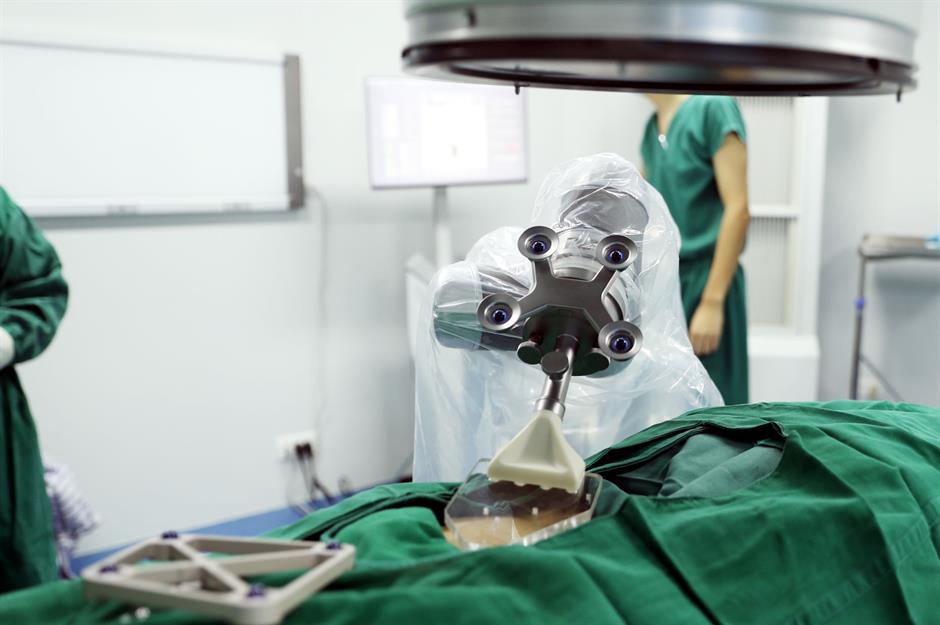
Robots are also taking over the operating theatre. Promoting robotic-assisted surgery as "a minimally invasive option", American company Intuitive Surgery launched its da Vinci robotic surgical system way back in 2000, and it's since been used in more than 10 million procedures.
Ultra-precise, robo-surgeons are currently used for everything from knee replacement surgery to vision correction. Futurologists predict that robots will almost certainly operate on patients independently and replace human surgeons one day.
Hospital administrator
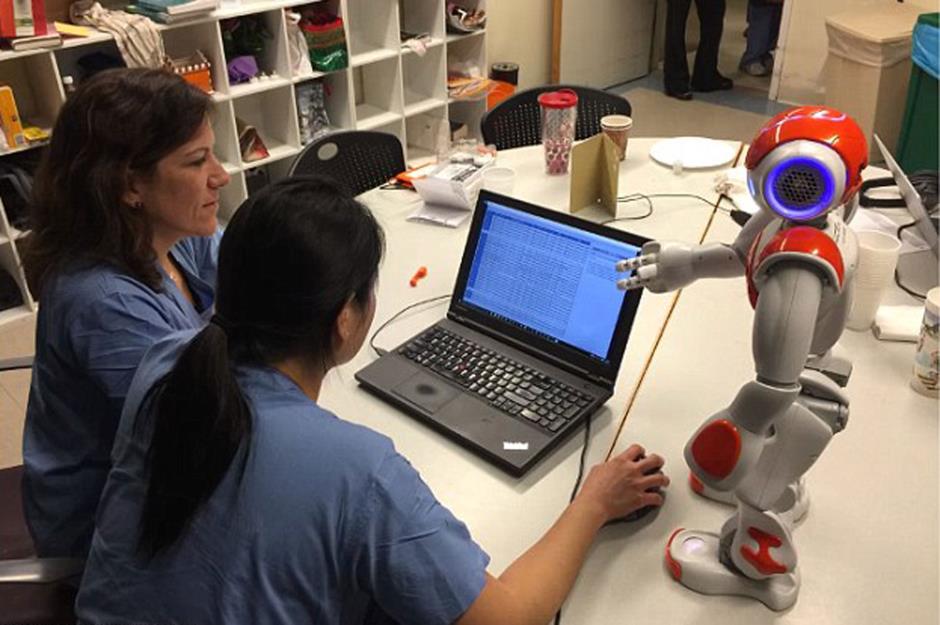
And it's not just surgeons that could be replaced by robots at your local hospital. Hospital admin staff play a key role in organising complex employee schedules and juggling patient beds, but their jobs may soon become obsolete.
Researchers at the Massachusetts Institute of Technology's Computer Science and Artificial Intelligence Laboratory (CSAIL) have already trialled a robot that can organise nurses' schedules and source beds for patients.
Tour guide
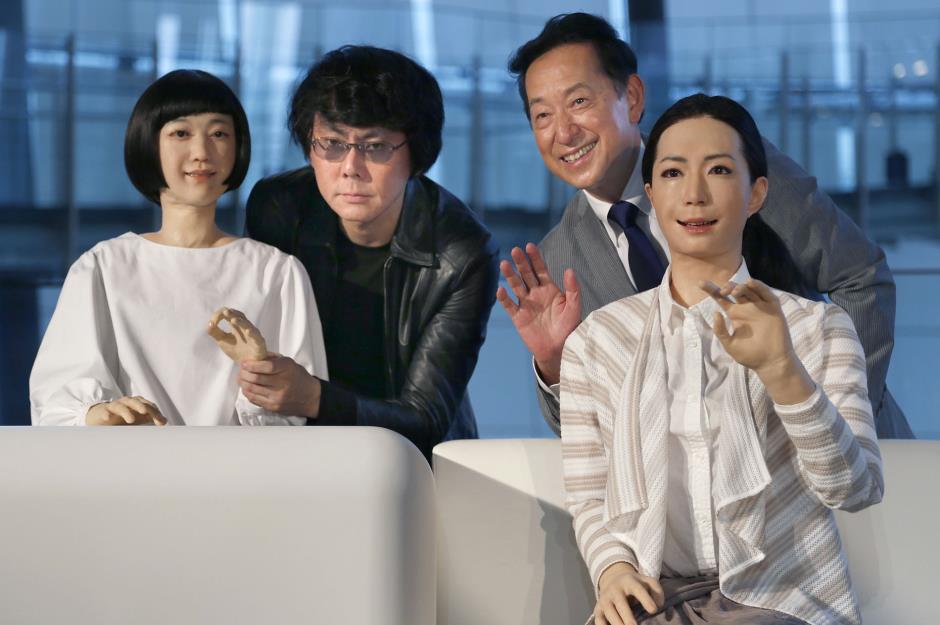
Human tour guides are so last century. At Japan's National Museum of Emerging Science and Innovation, scarily life-like androids act as exhibition guides. A robot called Kodomoroid tells visitors stories that are relevant to the exhibits, while a science communicator bot Otonaroid can answer visitors' science-related questions.
Since July 2021, a machine called Persephone has worked as "the world's first robot tour guide inside a cave" at the Alistrati Cave in Greece. Costing around $135,000 (£106k) to build, Persephone can speak 33 languages and covers around 500 feet (150 metres) of the tourist attraction.
Teacher
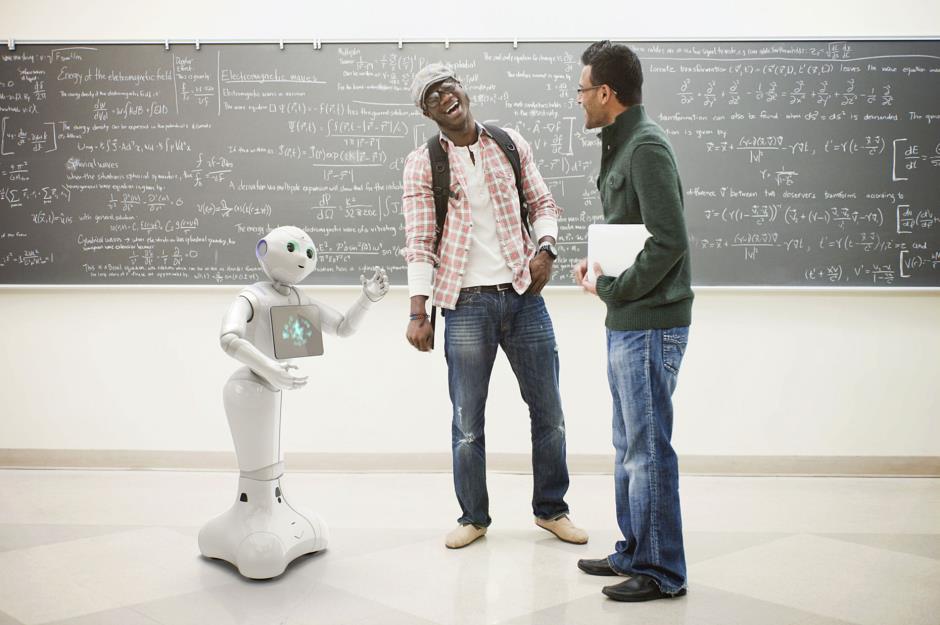
An educational robot called Pepper became the UK's first automated teacher when it entered classrooms at the London Design and Engineering University Technical College in September 2016. The semi-humanoid robot, which had already "taught" at a high school in Japan, is fitted with microphones, HD cameras, and 3D sensors to enable it to interact with students and even detect their emotions.
Softbank Robotics, the company behind Pepper, confirmed in June 2021 that it was pausing production due to a lack of demand. However, Pepper isn't the only robot that's taken to the classroom. The Personal Robots Group at the Massachusetts Institute of Technology (MIT) has developed Tega, a fluffy "social robot" that acts as a learning assistant for young children.
Retail sales associate
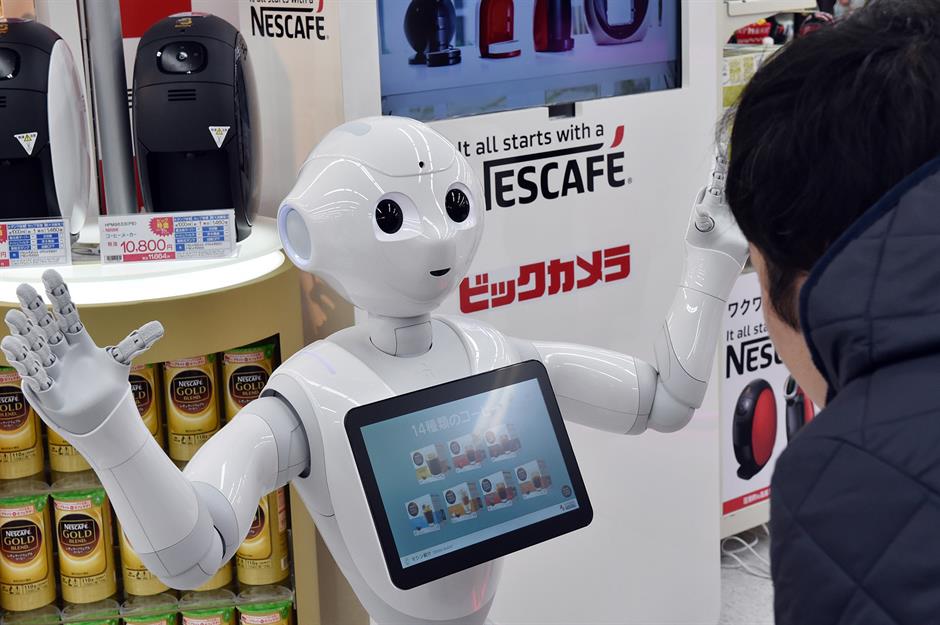
Pepper might have retired from teaching, but the android has had a more successful run in the retail sector, snatching a fair few sales associate roles from unsuspecting humans. Nestlé has used Pepper robots to sell Dolce Gusto coffee pods and Gold Blend coffee machines in department stores across Japan, as well as to answer customer queries.
This formed part of the company's "ongoing effort to enhance brand engagement with consumers", according to the official press release.
Security guard

Robotic security guards are already patrolling businesses, and look set to relieve more of their human counterparts of their jobs soon.
Knightscope's K5 security robot constantly monitors its surroundings for suspicious behaviour and can detect potentially criminal "audio events", such as glass breaking or people screaming. Fully autonomous, the robots even charge themselves without human intervention. An impressive 24 of the robots were installed in shopping malls and offices in Silicon Valley, California in 2015. But they haven't been a resounding success; in 2016, one rogue K5 robot knocked down and (non-fatally) ran over a toddler.
Shepherd (and vet?)
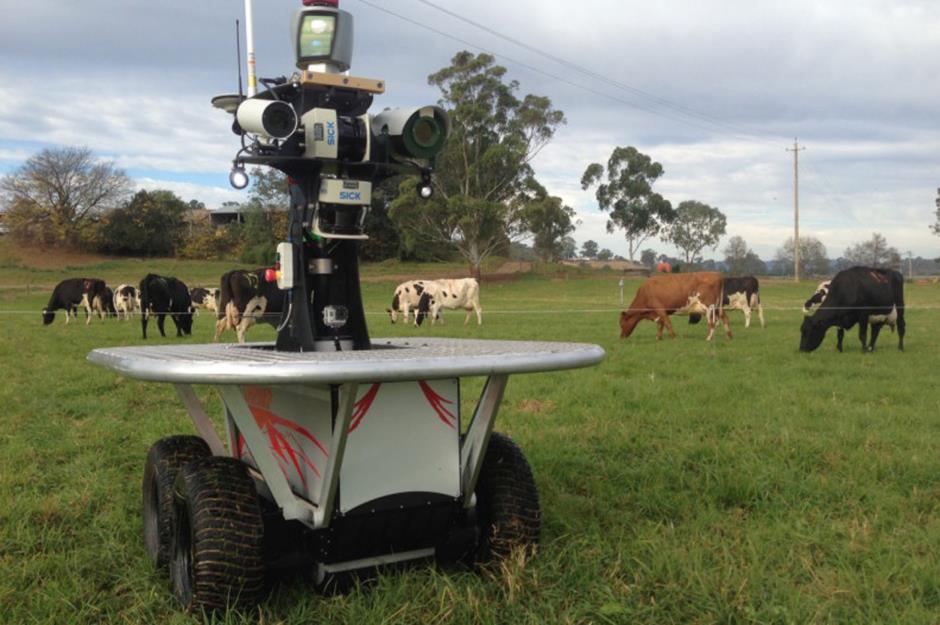
You've probably heard of Babe the sheep-pig – but what about SwagBot the sheep-robot?
In 2016, the Australian Centre for Field Robotics announced that it had developed SwagBot: a shepherd robot that can tend to livestock such as sheep, cattle, and pigs. Packed with smart sensors, the robot is able to corral the animals in its care, analyse the quality of the pasture, and even moonlight as a vet by monitoring the health of its herd.
Farmer

The world's first robot farm launched in Japan in 2017. Owned by a company called Spread, the vegetable factory is an indoor hydroponic farm factory that's designed to produce around 30,000 lettuces a day by 2030, with minimal cost and human input required. Robots water, feed, harvest, and transplant the crops: in fact, they do everything apart from sow the seeds.
Elsewhere, robots are also being used to pick fruit such as strawberries, using sensors to choose the ripest berries to reduce food waste.
Delivery drivers
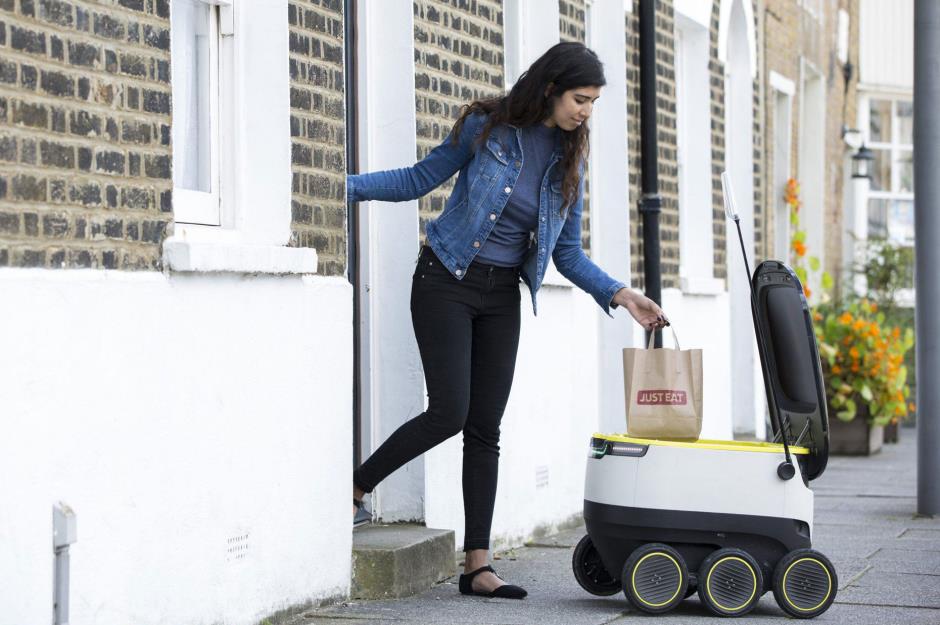
In 2017, online delivery service Just Eat marked an important milestone: the delivery of its 1,000th order by a robot in London. Although the pilot scheme hasn't been widely adopted across the UK just yet, robots are steadily replacing delivery drivers worldwide.
Since November 2020, for example, Amazon has been using its Amazon Scout robots to deliver packages in Washington, California, Georgia, and Tennessee.
Soldier
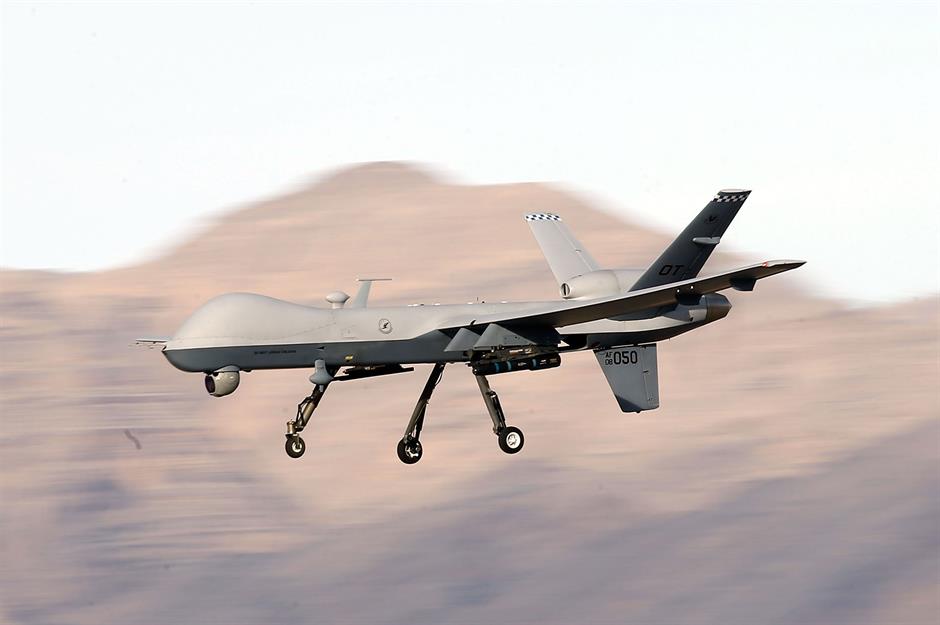
Weaponised drones have taken the place of hundreds of soldiers in combat situations. The US Army, for example, has used the technology extensively, and drones have been frequently used during the war in Ukraine.
According to General Robert Core, as much as a quarter of US combat soldiers could be replaced by robots by 2030, saving many American lives on the battlefield.
Receptionist
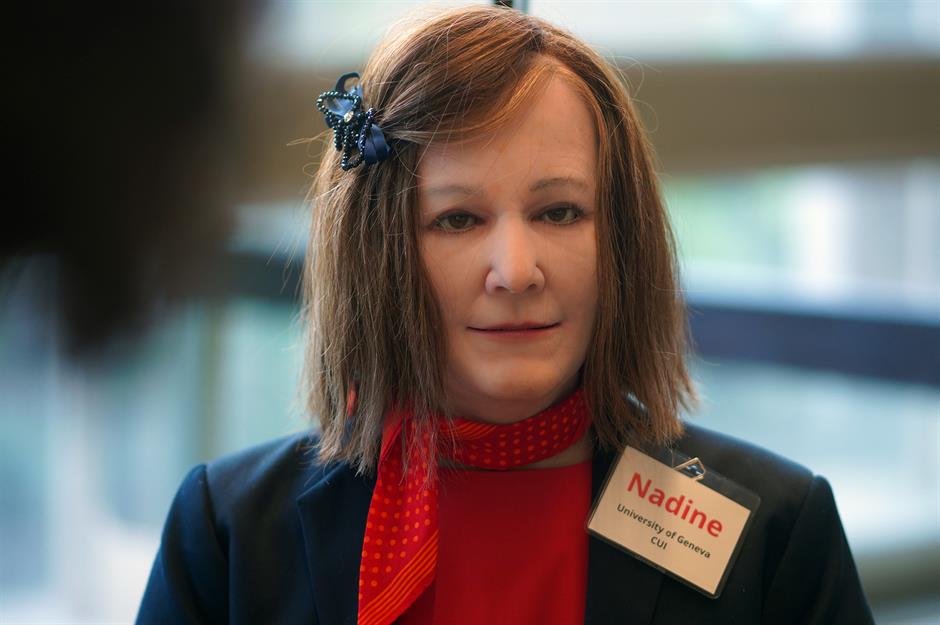
They may not provide quite as warm a welcome as a human receptionist, but some companies around the world have started using robots to greet visitors and guests.
As well as being a teacher and retail assistant, the multi-talented Pepper robot can also add "receptionist" to its CV – and the now-retired robot isn't alone. Robots of London, a company that offers robots for sale and hire, has supplied robot receptionists to businesses including Intel and software company Sage. And just last year, receptionist robot Nadine welcomed guests at a two-day summit in Geneva organised by the United Nations to discuss artificial intelligence and its potential for empowering humanity.
Telephone salesperson
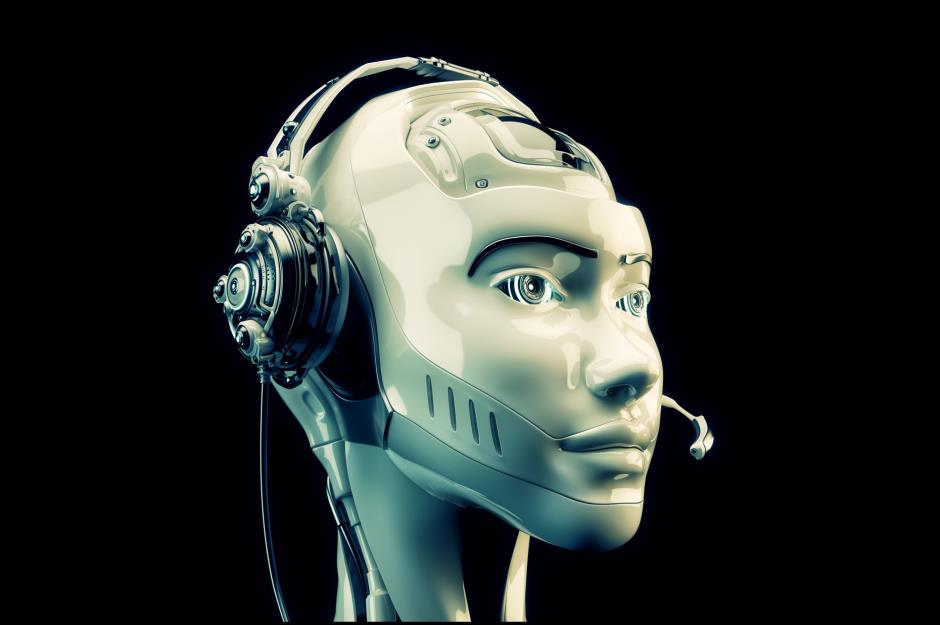
Telephone salespeople are most at threat of losing their jobs to robots, according to a study by Oxford University and Deloitte.
Sales calls are already being generated by voicebots and as artificial intelligence becomes more sophisticated, the bulk of telemarketing roles are likely to be performed by bots.
Construction worker
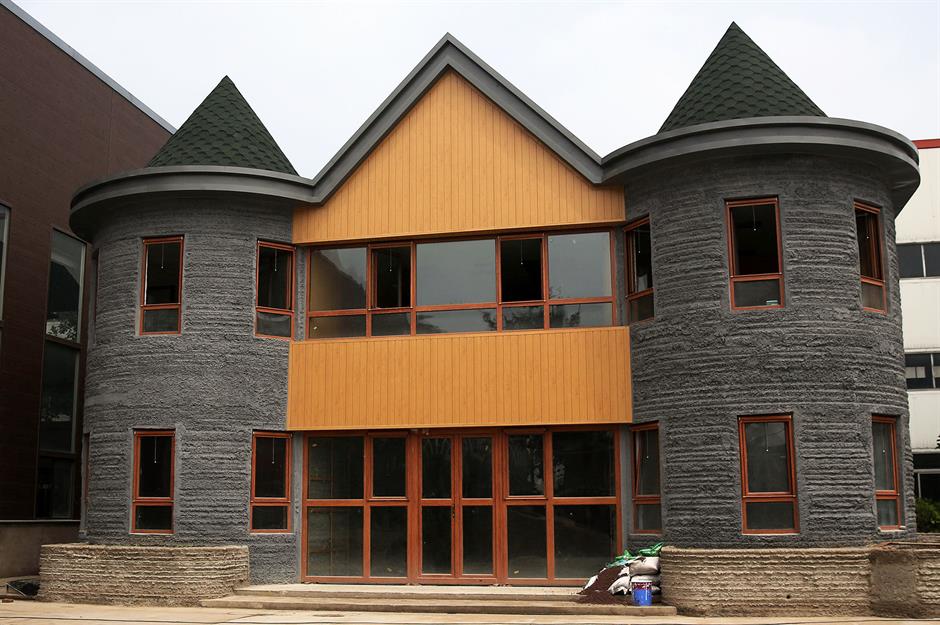
The latest mega-sized 3D printers can construct whole buildings with minimal human labour, and several firms have already embraced the technology. In 2016, Chinese real estate company Huashang Tengda used a 3D printer to build a two-storey house in just 45 days (pictured). Construction workers simply had to install the property's frame, wiring and plumbing, and the printer took care of the rest.
Meanwhile, California-based company Azure Printed Homes plans to start 3D-printing houses using recycled materials and technology that could enable them to build a home in just 12 hours.
Accountant
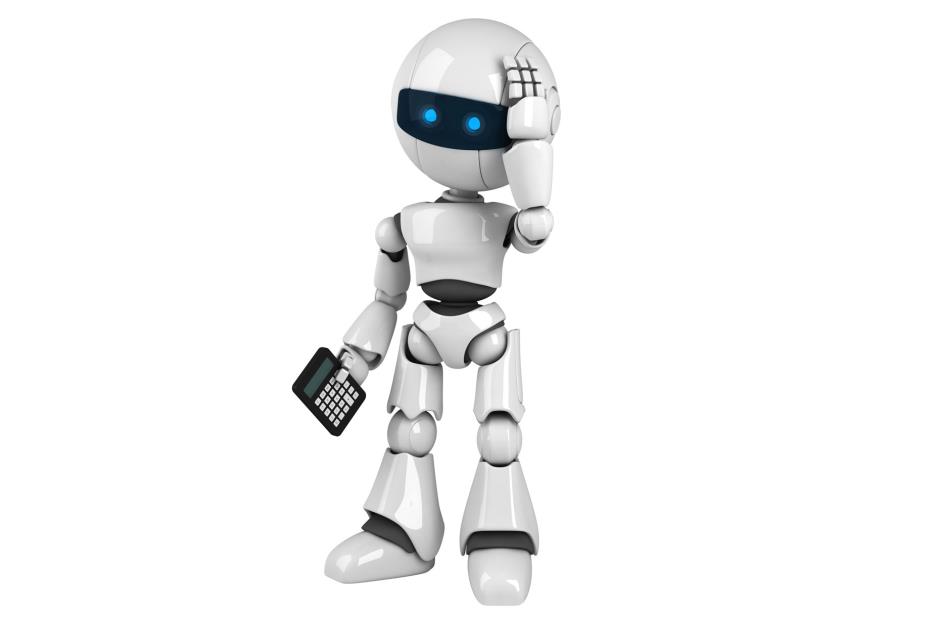
Finance jobs may soon be numbered. While humanoid accountant bots are still some way off, many companies are already automating their accounts, to the point that some no longer require dedicated accounts payable and receivable employees.
Companies such as Lexmark and Basware currently offer fully automated accounts systems that do everything from matching purchase orders to flagging invoices for payment.
Librarian
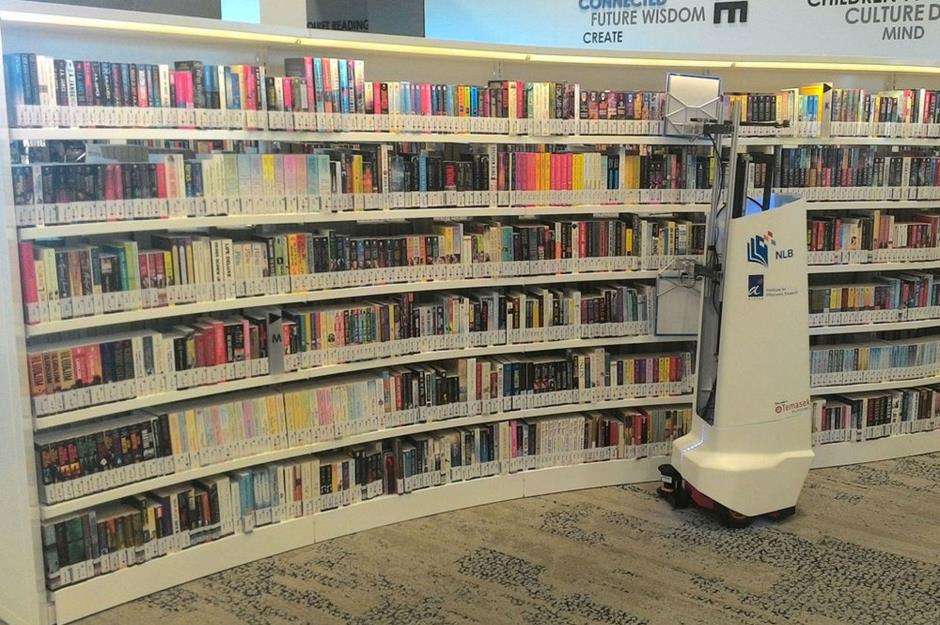
Researchers at Singapore's Agency for Science, Technology and Research (A*STAR) have developed a robotic librarian that laser-scans shelves and can tell which books are missing or misplaced.
Tracking down misplaced books and tidying shelves are major parts of the average librarian's daily grind, so this machine has the potential to replace a significant number of jobs.
Screenwriters

It might sound like science fiction, but there's a strong possibility that robots could write the scripts for movies and TV shows we watch in the not-too-distant future. The Writers Guild of America (WGA) is fighting to restrict the use of AI to write scripts. The issue was one of the reasons Hollywood writers went on strike in 2023 (pictured).
Screenwriter John August, a member of the WGA negotiating committee, revealed that writers have two main concerns regarding AI. "We don't want our material feeding them, and we also don't want to be fixing their sloppy first drafts."
Travel agents
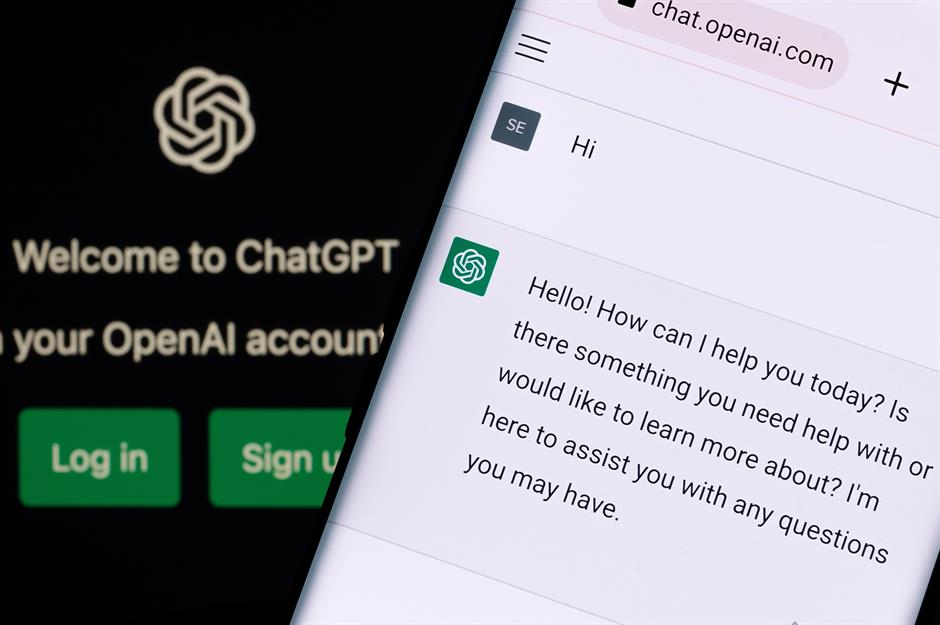
Travel agents may soon be a job consigned to history. ChatGPT is already being used in the industry, with online travel sites such as Kayak and Expedia using plug-ins as a "virtual assistant".
While ChatGPT, a partnership between Microsoft and OpenAI, is still in its relatively early stages, experts have suggested the platform could one day be advanced enough to eliminate the need for human travel agents.
Customer service adviser

The Swedish-based fintech company Klarna recently announced plans to lay off 10% of its global workforce. The company has implemented an AI assistant capable of handling the workload of around 700 full-time staff members.
Klarna partnered with OpenAI to improve customer service interactions, and now a ChatGPT-powered bot is managing two-thirds of customer service chats – 2.3 million conversations – in 23 markets and 35 languages. The use of AI is expected to increase Klarna’s profits by $40 million (£31m) in 2024. The bot's efficiency has resulted in fewer errors, a 25% decrease in repeat inquiries, and reduced average conversation times from 11 to 2 minutes.
Singers

It's long been suggested robots could replace a multitude of manual labour roles, but now AI is infringing upon more artistic professions, including singers.
A song called Heart on My Sleeve, which uses AI to mimic the voices of music stars Drake (pictured) and The Weeknd, recently went viral. Reports at the time suggested the track could be eligible for a Grammy award. However, this claim was later rubbished.
Voice actors

Voice acting is another job in the entertainment industry threatened by AI, with movie studios realising it's a much cheaper than paying professional actors.
Some veteran voice actors are embracing the use of AI, including James Earl Jones, who voices Darth Vader in the Star Wars franchise. Jones is working with a company called Respeecher to use AI to generate new Vader lines for future Star Wars projects. While Jones has consented to AI replicating his voice and will be compensated for his work, this isn't the case for others in the industry. Some voice actors have reported unwittingly signing contracts that allow AI to record their voice for future use.
Artists

The idea of robots replacing human artists is no longer mere speculation. AI artwork is already being used commercially, and AI text-to-image generators are now under scrutiny, sparking concerns about copyright and ethics.
For example, the UK edition of Sarah J. Maas's bestselling book, House of Earth and Blood, featured an AI-generated image of a wolf on its cover. The image was crafted by the AI-powered text-to-image generator Aperture Vintage.
In another instance, German artist Boris Eldagsen recently confessed that his award-winning photograph, submitted to the Sony World Photography Awards, was created using AI.
Personal trainers
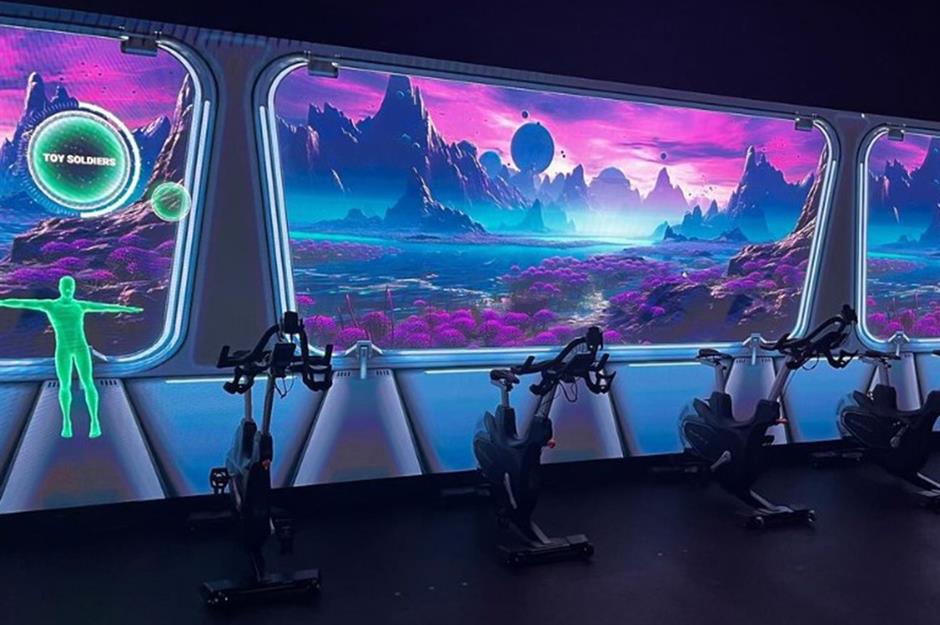
AI technology is also reshaping the future of workouts, and Lumin Fitness in Texas (pictured) is leading the charge. At this cutting-edge gym fitness classes are led by AI-powered instructors. Using a smartphone app, members can select an AI trainer who guides them through exercises in real time via their headphones.
Using algorithms and machine learning, sensors around the gym count an exerciser's every rep, track how they use their equipment, and monitor their movements without them needing to wear any technology.
Now discover the jobs that will be in demand in 2040 – and the jobs that will disappear
Comments
-
REPORT This comment has been reported.
-
 Basia02a
Basia02a
07 April 2022shame you re-published this as it show how wrong kitshinu's predictions were. They are not alone as in2012 Google stopped buying company cars as they said in two years time all cars would be self-driving - still waiting. Problem is the technology still needs human oversight. If they are not actually driving a human's attention is nearly zero
REPORT This comment has been reported.0 -
 kitsinu
kitsinu
04 August 2016This will come far sooner than in 30 years. In three years, I expect self-driving cars to legally travel the roads without a driver. In five years, I expect there will be no taxi drivers remaining (only chauffeurs). It is expected that by 2034, a desktop computer will have the capacity of the human brain. It doesn't take much of the human brain's capacity to do a simple job like making a hamburger, but there is a lot of money being spent on employing people to make hamburgers. A 40 hour per week employee costs a company like McDonald's 20k per year (wage, training, insurance for the business against liability and equipment), possibly more. 20k is the interest on a 400k loan at 5% interest, so if that employee can be replaced by a 400k robot, the employee will be replaced by a 400k robot if only because robots don't quit the job and need to be replaced. But the robot works 100 hours per week (7 days x 24 hours is 168 hours, but take some time for maintenance and a third of the hours per week are times when people don't buy hamburgers, so call it only 100 hours), which means that a 1 million dollar robot is better than two and a half hamburger making employees if the robot merely works as fast as the employees do. I expect fast food workers to disappear in about ten years. A few supervisors may remain, but even those may be centrally located at corporate headquarters and monitoring multiple restaurants via the internet.
REPORT This comment has been reported.0
Do you want to comment on this article? You need to be signed in for this feature
09 August 2022